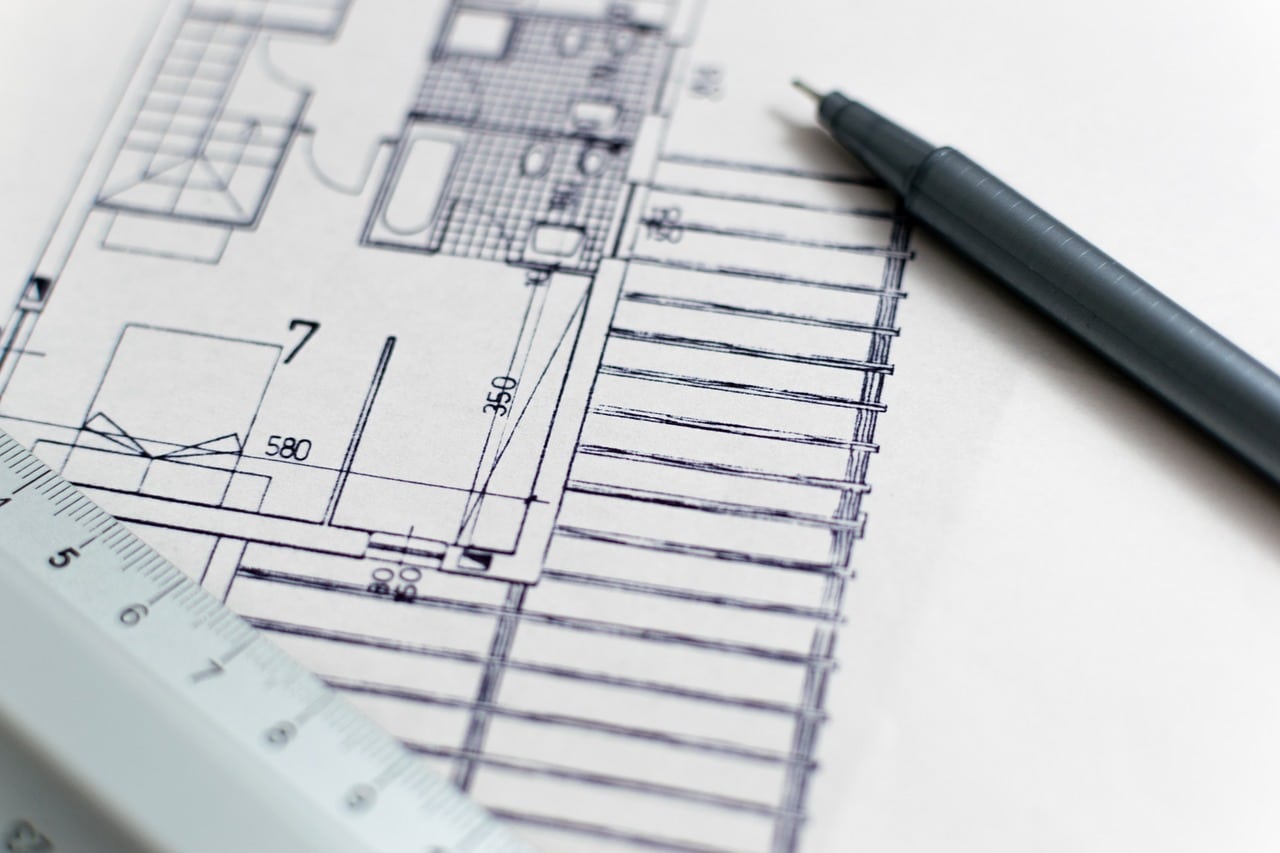What Strategies Ensure Compliance with the UK’s Grenfell Tower Inquiry Recommendations in New Constructions?

In the wake of the tragic Grenfell Tower fire that rocked the United Kingdom in 2017, the government has been taking significant actions to ensure that such a disaster never occurs again. The tragic incident that claimed over seventy lives highlighted the urgent need to review and enforce safety measures in high-rise residential buildings. The Grenfell Tower Inquiry has since made a series of recommendations to this effect.
These recommendations have now become a blueprint for safety in new constructions, especially high-rise residential buildings. This article will examine the strategies that can ensure compliance with these crucial recommendations. We’ll delve into the role of fire safety services, the importance of proper building cladding, and effective evacuation procedures in residential buildings.
Additional reading : How to Develop Real Estate in UK Flood Plains with Minimized Risk?
The Role of Fire Safety Services in Building Safety
Since the Grenfell incident, fire safety services have become more proactive in their roles in building safety. They are now tasked with ensuring that buildings adhere to strict safety measures to prevent events like the Grenfell Tower fire from recurring.
These services are now more involved in the process of approving new building designs. This means that they are directly responsible for the safety features incorporated in the designs of new constructions. They scrutinise these designs to ensure that they not only meet the current safety standards but also anticipate potential future risks.
Also read : How to Leverage the UK’s Help to Buy Scheme for Real Estate Investment?
Fire safety services also play an essential role in educating residents about fire safety measures. They organise training sessions on how to respond in case of fire emergencies. The focus is on teaching residents how to safely evacuate their buildings without panicking.
The Importance of Proper Building Cladding
One of the main findings of the Grenfell Tower Inquiry was the role of the building’s cladding in the rapid spread of the fire. The tower was covered in a type of aluminium composite cladding that was later found to be non-compliant with safety standards. This revelation has led to a vigorous re-evaluation of building cladding regulations.
The government has since introduced stricter regulations on the types of cladding that can be used in new constructions. These regulations stipulate that building cladding should be made from non-combustible materials to prevent the spread of fires.
Builders are also encouraged to use cladding systems that have been tested and approved by recognised fire safety institutions. These systems have a proven track record of safety and are less likely to contribute to the spread of fires should they occur.
Effective Evacuation Procedures in High-Rise Residential Buildings
Evacuation procedures in high-rise residential buildings have also been under scrutiny since the Grenfell Tower fire. In the event of a fire, residents need to be able to leave the building quickly and safely. The Inquiry recommended that all high-rise residential buildings need to have clear, well-rehearsed evacuation procedures in place.
Building managers are now required to organise regular evacuation drills to ensure that residents know what to do in case of a fire. These drills are intended to familiarise residents with the layout of the building and the quickest routes to safety.
Moreover, the Inquiry also recommended the installation of fire alarm systems that can be heard throughout the building. This ensures that all residents are aware of a fire as soon as it starts, giving them maximum time to evacuate.
Recommendations for Government Intervention
The government has a crucial role to play in ensuring that the Grenfell Tower Inquiry’s recommendations are implemented. The Inquiry called for stronger regulation and oversight of the construction industry to prevent substandard work that could put lives at risk.
One way the government can do this is by regularly reviewing and updating building regulations to reflect the latest knowledge and technology in fire safety. The Grenfell Tower Inquiry has shown that current regulations are not enough to prevent a major fire disaster.
The government can also impose stricter penalties for builders who fail to comply with safety regulations. These penalties could range from fines to imprisonment, depending on the severity of the violation. This would not only deter builders from cutting corners but also ensure that safety is always their top priority.
In summary, compliance with the Grenfell Tower Inquiry’s recommendations requires a concerted effort from all stakeholders, including fire safety services, builders, residents, and the government. By working together, we can prevent a tragedy like the Grenfell Tower fire from ever happening again.
The Crucial Task of Emergency Services and Rescue Operations
The Grenfell Tower fire tragedy underscored the importance of prompt and efficient emergency services in high-rise building fire situations. The often challenging task of firefighters and emergency service personnel is further complicated by the architectural complexity of high-rise residential buildings and the potential large number of residents.
The role of local fire and rescue services has never been more critical. The Grenfell Inquiry pointed out that fire survival guidance given by the control room can significantly improve the chance of survival for trapped residents. This calls for a thorough understanding of the building structure and the fire safety measures in place by the fire brigade.
An essential recommendation by the Grenfell Inquiry was the provision of comprehensive and accurate building information to the fire rescue services. The recommendation owner, whether it be the building owner or manager, is obligated to supply all relevant building and safety equipment information to assist the emergency services in their rescue operations. This information should include, but is not limited to, the evacuation plan, the location and operation of fire doors, and any unique building features that could pose potential risks during a fire.
Fire rescue services also need to integrate regular high-rise fire drills into their training to improve their response time and efficiency. Regular intercommunication between the fire brigade and high-rise residential building management can ensure that any changes in building structure or safety equipment are promptly updated, thus, enhancing the effectiveness of the emergency rescue operations.
Upgrading the Control Room Operations
In the light of the Grenfell Tower fire, the Inquiry recommended a significant upgrade in the operation of control room services. As the first point of contact in a fire emergency, the control room plays a pivotal role in providing fire survival guidance to the trapped residents while coordinating with rescue services for an efficient evacuation.
The control room should have real-time access to all necessary information about the building’s layout, number of occupants, and any special needs or disabilities of the residents. This information can guide the control room operators to provide accurate survival guidance to the residents and prioritize evacuation based on the severity of the situation and the vulnerability of the residents.
Furthermore, control room operators must have rigorous training in handling high-stress situations and making quick decisions that could mean the difference between life and death. Their training should also include understanding fire’s behaviour in high-rise buildings and the impact of different building materials on fire progression.
Conclusion
In conclusion, the tragedy of the Grenfell Tower fire has provided a grave reminder of the importance of stringent fire safety measures in high-rise residential buildings. The recommendations by the Grenfell Inquiry present a comprehensive blueprint for preventing such a disaster in future. Ensuring the safety of high-rise buildings is a collective responsibility that involves the government, fire safety services, emergency services, building owners, managers, and the residents themselves.
Compliance with the Inquiry’s recommendations requires persistent commitment and concerted efforts from all stakeholders. From the fire safety services overseeing the building design and educating residents, to the government enforcing stricter regulations and penalties, everyone has a role to play.
The lessons learned from the Grenfell Tower fire must serve as a guide for the future. As we move forward, continuous review and improvements in the fire safety norms are necessary in the face of evolving building technologies and materials. No effort should be spared in ensuring the safety of residents living in high-rise buildings. We must always remember that human lives are precious and irreplaceable.
